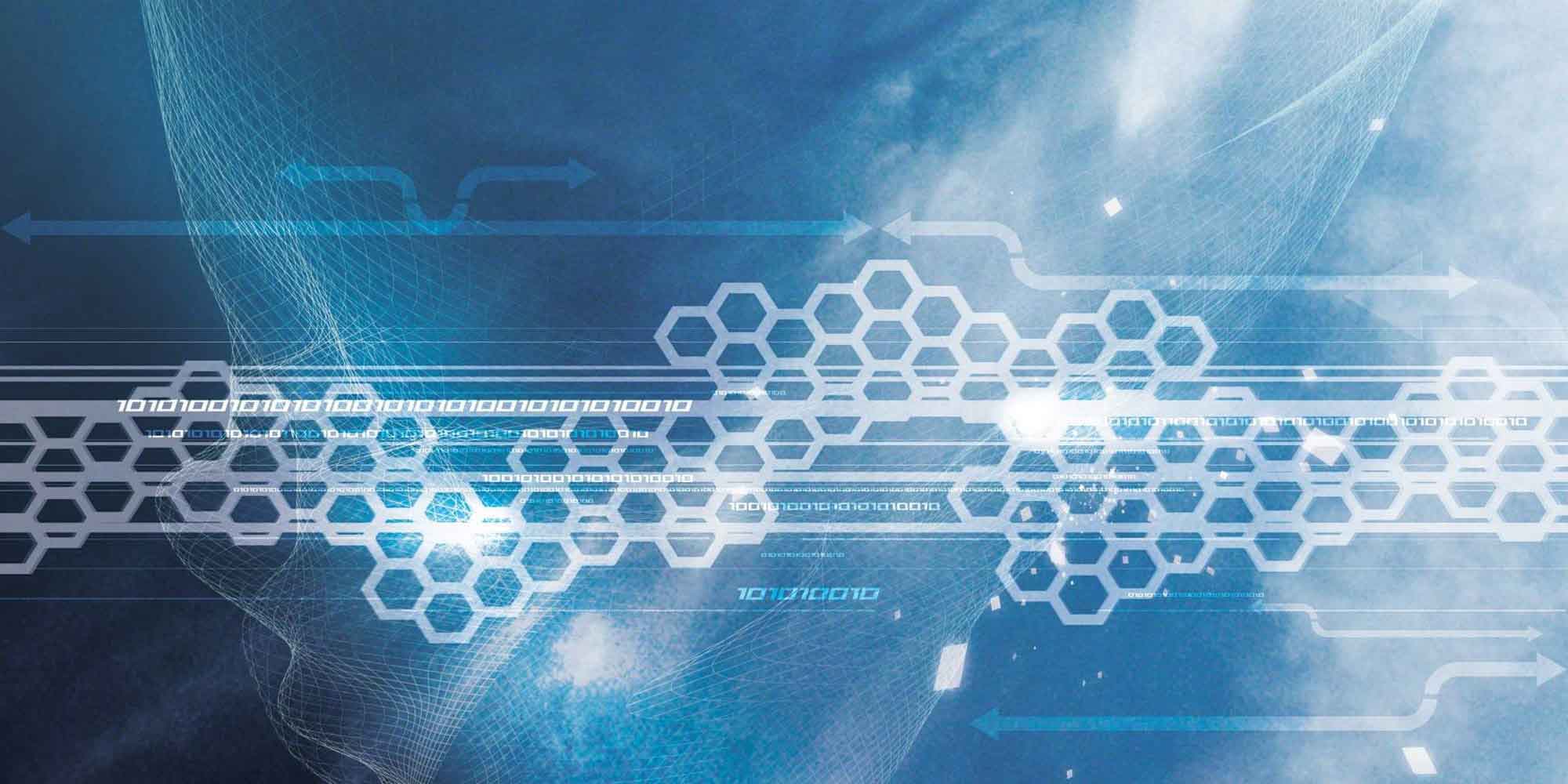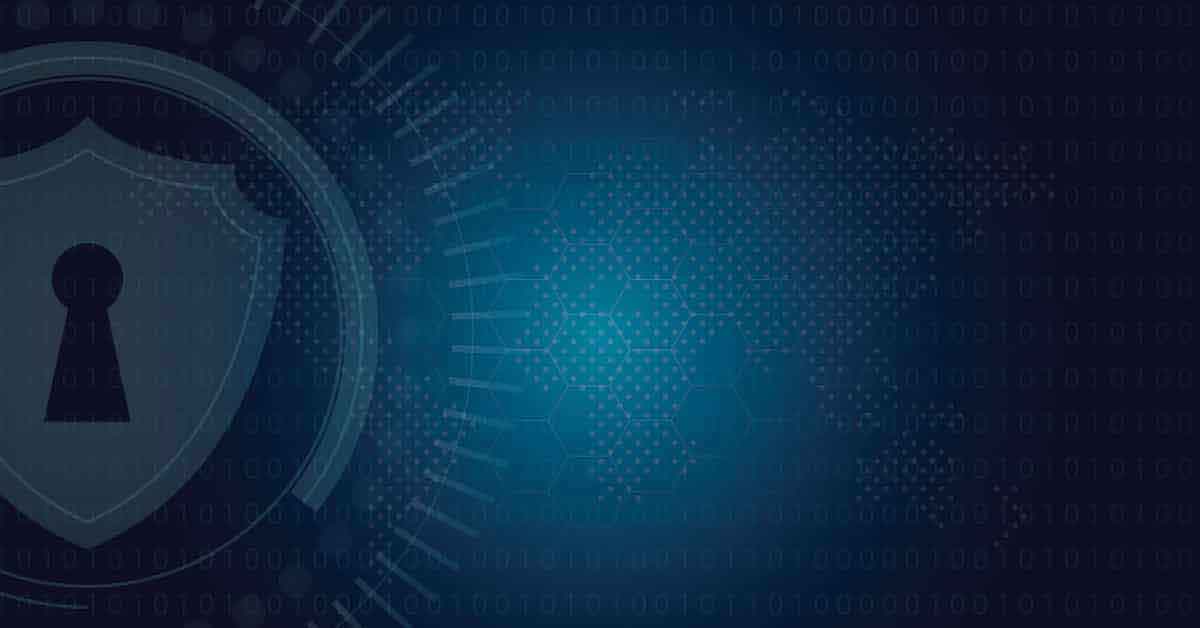
Risks of Shadow IT and Prevention Methods
It is not possible to say that the business world has always been cautious about digital agility and cybersecurity. However, the digital transformation, which has rapidly expanded its sphere of influence with the COVID-19 pandemic, has led companies and public institutions to take serious measures in all matters related to data security. These organizations benefit from a series of access security protocols to sustain both their work-flows and the service they provide to users, as well as the partnerships they have established with third parties and the strategies they have developed.
On the other hand, the diversification of cyber risks and data breach cases also caused the important concepts in the IT universe to be heard by wider masses, such as shadow IT. Shadow IT can cause serious problems with secure access by leaving organizations unprepared for data leaks, ransomware attacks, malicious attempts, or broader attacks.
What is Shadow IT?
Shadow IT, in its simplest form, means systems that are located within the IT infrastructures of organizations and are not on the radar of IT teams, therefore their existence cannot be identified and cannot be managed. Also, shadow IT can be a system, solution, or device that is used within the network without the approval of the organization's IT team. Shadow IT, which can be found in many different forms in your organization's IT network, mainly in the cloud, virtual server, physical server, messaging applications, and computers, makes it easy to be defenseless to cyber risks. Organizations suffer financial losses and reputation problems as the malware causes breaches that result in data exposure by leaving the door open for cyber attackers.
When we want to take a look at the scope of the shadow IT problem that is seriously threatening business in the digital age, a survey of 400 public sector executives working in the United States, Europe and Oceania gives us the following data:
- 52% of public sector employees say they have to frequently review their organization's security policies in order to do their jobs properly. This shows that security policies are not sufficiently internalized or necessary in-house trainings are not provided.
- 52% of public sector workers use unapproved computers for work.
- 49% of the related group uses unapproved software and cloud tools.
- Because 51% of people working in the public sector work from home, they spend more time on the IT infrastructure of the institution they are affiliated with.
The results of the survey reveal that people working within organizations can create significant security gaps for several reasons. To eliminate these security gaps and establish an advanced cybersecurity network, it is necessary to know in detail the risks created by shadow IT.
The Risks of Shadow IT
Security gaps caused by shadow IT can cause you to experience data security issues with critical digital assets. Hackers can take over a device that is defenseless from shadow IT or attack critical data chunks in your IT network. The six key risks posed by Shadow IT, which have the potential to cause considerable damage to your organization's IT infrastructure, are as follows:
- Lack of IT control: If the IT team within your organization does not know all the software in the corporate network, they cannot confirm whether the use of such software is safe. Since it cannot confirm, it cannot ensure your organization's access security. This lack of control over solutions within the IT infrastructure can greatly expand the attack surface. This can cause you to experience the data exposed.
- Data loss and data leaks: Employees can occasionally access data on the IT network that they do not have access to. These unauthorized attempts can cause the threat of leaking relevant chunks of data. Also, the possibility of not creating a data backup of an application that has not been approved by your IT infrastructure may cause you to experience data loss. In addition, failing to create an appropriate recovery strategy for data breach incidents can result in the loss of critical data.
- Unpatched vulnerabilities and bugs: Software manufacturers periodically release patches to fix security vulnerabilities in the software they produce. It is the job of the IT teams to follow these patches and keep the software up-to-date. Not keeping software up-to-date automatically makes your network more defenseless to cyber threats.
- Compliance issues: Shadow IT can also create serious problems in terms of legal obligations. In order to prevent possible shadow IT-related problems that have the potential to trigger data breaches that may occur within the scope of GDPR and PDPL, you should know all the software used by employees and define authorized accesses accordingly.
- Inefficiencies: The shadow IT issue can cause the organization's business model to become inefficient as it disrupts the workflow.
- Financial risks: Shadow IT creates cases of data breaches, exposing organizations to financial risks.
Ways to Avoid Shadow IT Risks
It is impossible for your organization's IT team to keep track of the software used by all of your employees. However, it is possible to create a successful control mechanism. This mechanism includes the following three steps:
- Employee training: You need to train your employees on how to handle particularly with sensitive data. You should teach them how to store confidential, valuable, and personally identifiable information, as well as make them aware of the risks of data breaches posed by publicly shared services.
- Functionality in the use of tools: Employees generally turn to tools with which they can do their work more practically. By offering them high-quality software, you can prevent them from using software outside of your IT network.
- 24/7 surveillance: You should keep your IT network under control 24/7 and control which user is authorized to access which data. You should control insecure access and be aware of users' needs within the network.
Don't Let Shadow IT Put Your Data Security at Risk
Privileged Access Management systems enable you to have a more comprehensive cybersecurity approach in controlling privileged accounts and access permissions. Based on the zero trust principle, PAM solutions offer enhanced visibility and detailed control for privileged accounts.
PAM systems, which include Two-Factor Authentication (2FA), Privileged Task Automation (PTA), Privileged Session Manager, Dynamic Password Controller, Database Access Manager and Dynamic Data Masking modules, create a detailed control mechanism against shadow IT risks and takes control of privileged accesses. Thus, critical digital assets in your IT network are best protected against internal and external threats. Privileged Access Management applications, which fully meet the expectations of organizations in terms of secure access management, prevent you from incurring financial damage by successfully protecting sensitive data and also prevent you from experiencing loss of reputation.
Single Connect, which is among the most comprehensive PAM solutions in the world, offers an extra protection layer against cybersecurity vulnerabilities created by shadow IT. Providing end-to-end, detailed structured data and access security, Single Connect allows you to protect critical data by preventing data breaches that may be caused by malicious access from shadow IT. Single Connect, which enables you to monitor authorized accesses in your IT network 24/7 with its unique modules and instantly intervene in data breach cases, is also extremely successful in detecting the source of data breaches.
You can contact our team members who are experts in the field of access security to get detailed information about our Single Connect product.
Other Blogs

TACACS Gets the Axe as Super-Regional Everstream Opts for Krontech’s PAM Solution

How Comprehensive is Your PAM Solution? How Secure is Your Infrastructure?







